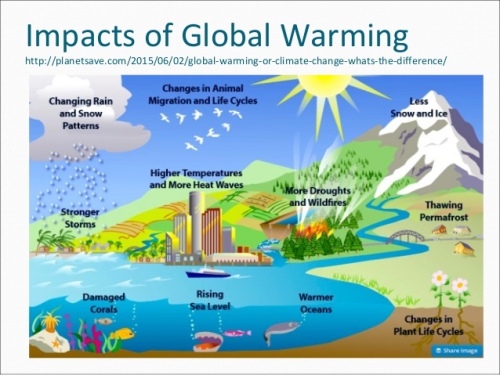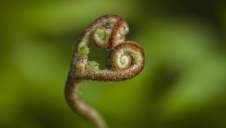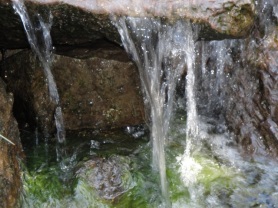“Every idea has an optimal template.”
— Jean Houston
When we took a hiatus last year, it wasn’t clear how clear how Alchemy of Ecology was going to grow. Yet, we knew it needed roots in something bigger than itself to achieve the growth it deserved.
Plenty of ideas fluttered between us like birds seeking a nesting site, but in the end, we were at a crossroads as to an optimal choice. So we did what any sensible souls would do—we let things incubate.
Nine months later—during a world engulfed in the new realities of Covid-19—a plan emerged that filled the gaps in our perspectives. The Alchemy of Ecology was too valuable not to rekindle, or at least re-purpose. The incubation period paid off.
“This website is like a tree,” I said.
“At some point, a tree needs to branch out and deepen its roots if it’s going to flourish.”
That’s when we knew.
Our mutual purpose was for AOE to flourish. And there were so many wonderful, cross-cultural connections who welcomed collaboration! You just can’t ignore that level of love!
So we refreshed AOE’s mission statement to reflect its emerging growth and acknowledged that we are both on beautiful, nourishing and life-affirming paths that actively engage people in raising environmental awareness as a socially systemic stewardship model—the common purpose that brought us together.
Today, for Marko’s geo-cultural projects, geomancy, and art installations to flourish, he needs to focus on his own unique calling as a UNESCO Artist for Peace. Our 3-person team wishes you heartfelt love and gratitude for your contributions of consciousness that so positively influenced us over these years. We are so pleased to see you accomplishing such great things in the world!
My own calling focuses on a transformational triad of environmental stewardship projects, writing, and podcast collaborations. For these activities to flourish, I’ll be taking some intentional and…some unexpected explorations with a handful of amazing, like-minded and like-hearted people who share my favorite jam—writing and environmental stewardship.
Let’s see what this season of harvest brings!
With love and gratitude,
Catherine (Catrina) Walker




























 At this autumnal equinox we tip into Fall, heralding a second season of transformation in the northern hemisphere (Spring being the first). In the southern hemisphere, you’re welcoming the advent of Spring. My theory is that those of us who love Spring and Fall usually enjoy change.
At this autumnal equinox we tip into Fall, heralding a second season of transformation in the northern hemisphere (Spring being the first). In the southern hemisphere, you’re welcoming the advent of Spring. My theory is that those of us who love Spring and Fall usually enjoy change.








